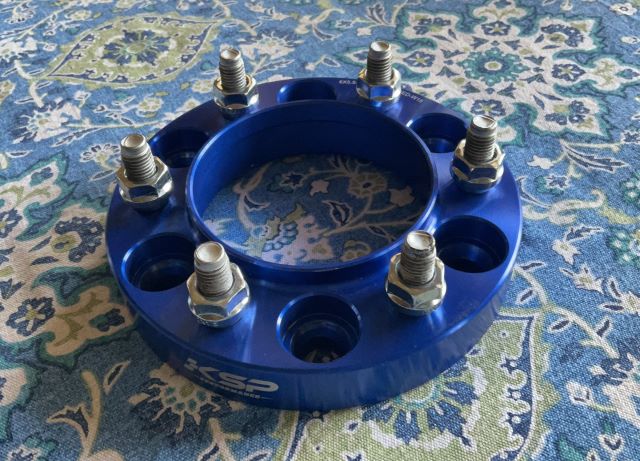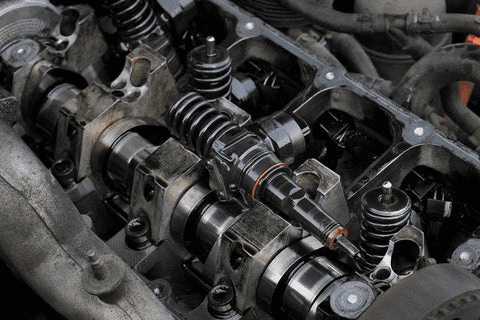Wheel spacers are an increasingly popular aftermarket modification for vehicles, allowing car owners to change their vehicle’s stance and overall appearance. But what exactly are they, and what are the pros and cons of using them? Go with KSP wheel spacers now.
What are wheel spacers?
In simple terms, wheel spacers are small metal plates bolted to the hub of a vehicle’s wheel. They push the wheel outwards from the hub, effectively widening the car’s track. This has the effect of improving the vehicle’s stability, as well as enhancing its appearance by filling out the wheel arches.
What are the pros of wheel spacers?
One of the main benefits of wheel spacers is that they can improve vehicle handling, particularly concerning cornering. By increasing the vehicle’s track width, wheel spacers can provide a more stable platform for the tires, reducing body roll and improving grip. This can be especially beneficial for performance-oriented vehicles that are driven aggressively.
Wheel spacers can also achieve a more aggressive, “flush” fitment of wheels and tires. By pushing the wheels outwards, wheel spacers can help fill out the wheel arches and give the vehicle a more muscular appearance. This is a popular modification among car enthusiasts, as it can make a vehicle stand out from the crowd and give it a more custom look.
What are the cons of wheel spacers?

However, there are also some potential cons to using wheel spacers. One of the main concerns is that they can put additional stress on the wheel bearings and suspension components, potentially leading to premature wear and failure. Additionally, if the wheel spacers are not properly installed, they can cause the wheels to become loose or even fall off, posing a serious safety risk. It is important to ensure that the wheel spacers are high quality and installed correctly by a professional. Choosing the right size of wheel spacers for your vehicle is also important, as using ones that are too thick can cause rubbing and interfere with the operation of the brakes.
Do wheel spacers affect gas mileage?
Wheel spacers can affect gas mileage, but the effect is generally considered minimal.
Wheel spacers push the wheel out further from the vehicle hub, effectively widening the vehicle’s track. This can improve handling and stability by increasing the vehicle’s footprint on the road. However, it also increases the vehicle’s rolling resistance, which can negatively affect gas mileage.
The impact on gas mileage will depend on various factors, including the size of the wheel spacers, the weight of the wheels, the type of tires, and the driving conditions. The larger the wheel spacers and heavier the wheels, the greater the impact on gas mileage.
However, the effect on gas mileage is usually small, typically only a few percentage points. This means that you need to make other significant modifications to your vehicle to notice a significant change in gas mileage due to the use of wheel spacers.
Conclusion
In conclusion, wheel spacers are a popular aftermarket modification for vehicles that can improve handling and enhance the appearance of a car. However, they should be used cautiously and installed correctly to ensure they do not pose a safety risk or cause premature wear on the vehicle’s components.

As the editor of the blog, She curate insightful content that sparks curiosity and fosters learning. With a passion for storytelling and a keen eye for detail, she strive to bring diverse perspectives and engaging narratives to readers, ensuring every piece informs, inspires, and enriches.










